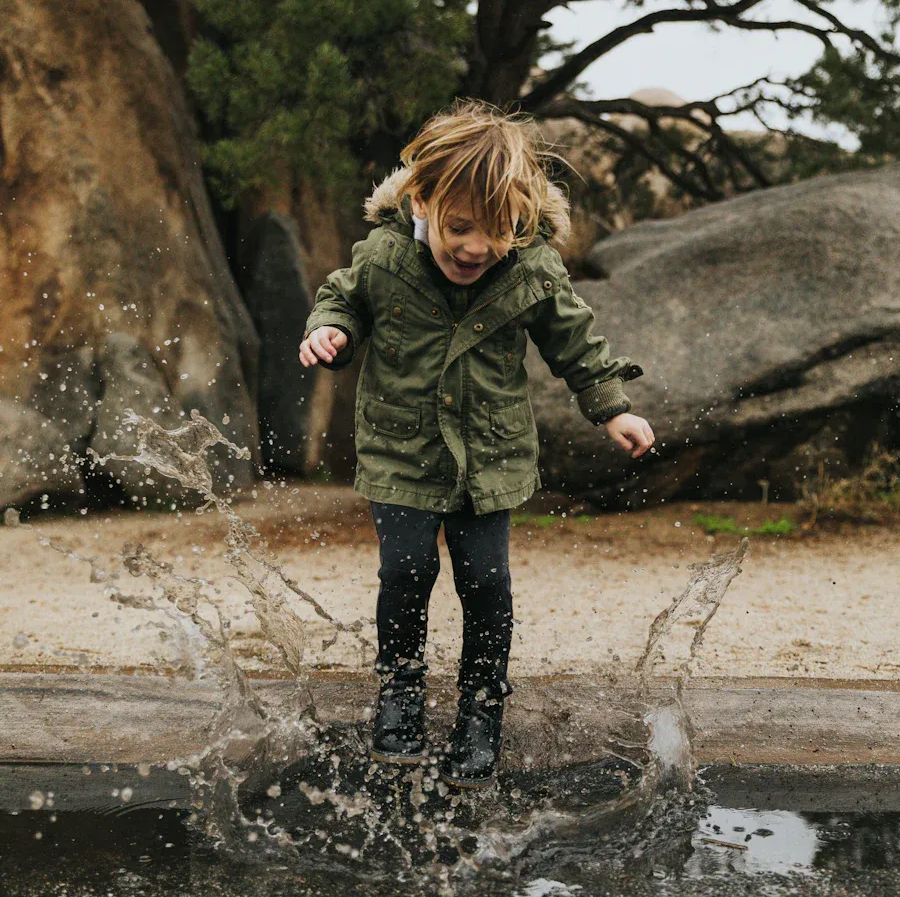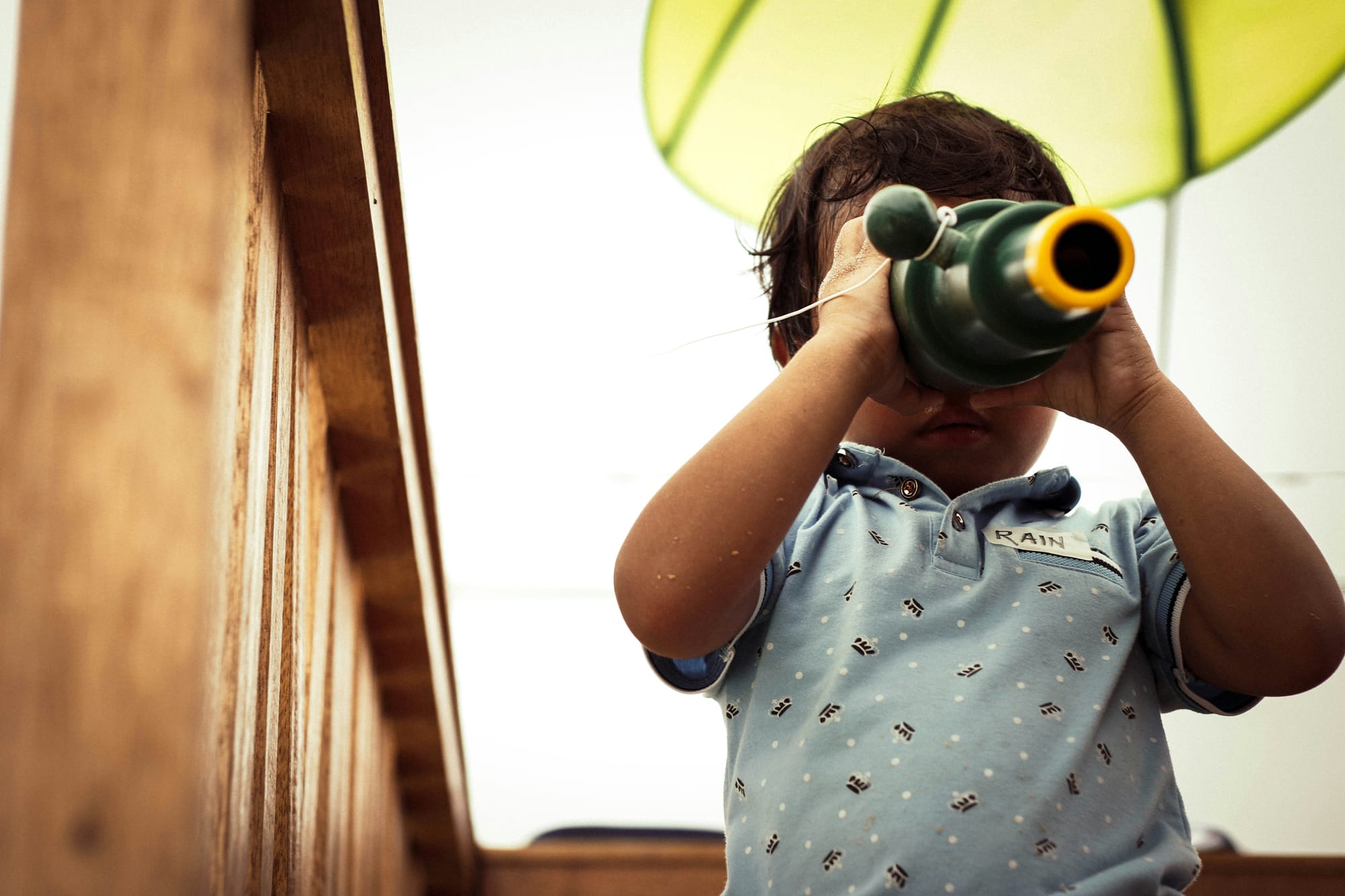I wonder! Encouraging curiosity

For more about what curiosity is, why it’s important, and why it’s also dangerous (mostly in a good way), head to this week’s “Thoughts” post. That post and this one—about practical ways grandparents can encourage curiosity—run with ideas from Curious Minds: The Power of Connection by Zurn and Bassett.
If you’re reading this post, I’m guessing that you’re already convinced that encouraging your grandchildren’s curiosity is a good thing (if not, please feel free to explain in the comments!). The question is how to do it.
Step one, I think, is to recognize that you do have influence! When you see your grandchild showing curiosity, something as simple as a kind word can motivate them to continue engaging the world curiously.[1] That kind word is so easy for a grandparent to give!
Step two, in my mind, is to shift from thinking of curiosity as a trait you have to thinking of it as something you do.[2] This shift has a few important implications:
• First, people very often “do curiosity” with others—in this case, you and your grandchildren can be a team.
• Second, things you practice are things you get better at over time, so you and your grandchildren can get better at practicing curiosity together.
• Third, if curiosity isn’t a fixed trait, there’s no need to label a child as curious or incurious, but instead to notice that they are differently curious at different times—that way you can follow their lead to what interests them.

Step three is to start recognizing the many ways to be curious. I wouldn’t want to pin down the different ways, because there are so many variations. But here, thanks to Zurn and Bassett, are three styles of curiosity that you might recognize in your grandchildren (or yourself!): busybody style, like a neighborhood gossip who collects and connects stories from here and there; hunter style, carefully following a trail; and dancer style, leaping from idea to idea.
Age makes an important difference, too. Babies will obviously act out their curiosity differently than teenagers.
And the topic of curiosity will change the practice, too. If you’re curious about how your body works (can I crawl? climb? cartwheel?), you’re going to practice your curiosity differently than if you were curious about a bug in the grass or about what Grandpa meant by that?!?
Step 4: Spontaneous engagement
Because of all this, encouraging curiosity in your grandkids is mostly engaging in real time with whatever they are doing:
• Encourage them by seeing what they are curious about and showing your interest in whatever it is, or praising them for their efforts. (You’re not praising them for already being good at being curious—because curiosity is not a fixed trait—but for “doing curiosity”: exploring, asking a good question, finding something exciting, etc.)
• Encourage them by joining in. Figure out together what those ants are doing, go to the library together to get a book about whatever is interesting them, do an experiment, talk through something perplexing, ask questions (especially, ask questions).
But don’t take over!
• A big part of the job of encouraging them is to stay out of the way to let them explore.

Alternative Step 4: Setting up for exploration
There are ways to encourage curiosity that are expensive: buying books, funding summer camps, taking the grandchild on a trip. These are all great, if you, the grandchild, and the parents agree. But none of the expensive options is necessary. Simple does the trick, too. Here are a few ideas to get you started:
For babies: When babies are very little, just you! Talk, smile, sing, rock. When they are a little older, set out pot lids and something safe to bang with. Organize spaces they can crawl, pull to stand, and explore objects safely.
For toddlers: Indoors or out, water is a classic. Add a few basic plastic toys for pouring, dripping, sloshing, etc., and there will be so much for the child to explore about how this watery stuff in a sink, from a hose, or in a shallow pool or puddle interacts with other objects and their own body. Toddlers also tend to notice small things close to their eye level that you haven’t noticed for decades—enjoy re-seeing with your grandchild whatever catches their eye.
For preschoolers: Get outside! Watch for changes they see or that you can point out: natural changes, like signs of changing seasons (what’s happening?); construction work (what are those pipes and wires for, anyway?); opportunities to explore physically with climbing, running, digging, building. Inside, toys like marble ramps that let kids explore physical and geometric properties (gravity, friction, alignment, slant). Follow their lead when they ask questions and expand on the topic as long as their interest holds. For example, when our grandkids wondered what radiators were for, they were excited to tour the pipes and the furnace, then to study the furnace manual, with its intricate drawings and scary warnings.
For older kids and teens: Even more than with younger kids, encouraging curiosity needs to be on their terms—that is, encourage them by showing interest in their interests and explorations. Ask questions about their doings, their books, or their video games. And show your curiosity—and open-mindedness!—by making at least some of the questions things you wonder about, too: Why does that person act that way? Why aren’t people nicer to each other? Is there a God?
Which brings me to Step 5, which actually runs through all of the steps: Model curiosity yourself by asking (real!) questions and by being interested in exploring answers: “I wonder what…caused that/that is/that person’s experience was? How we could…? What’s the right thing to do when…? Why? Why? Why?
Gotta tell you, Step 5 is key. It should probably be Step 1! It’s based on the most central lesson of all my training in philosophy, one that surprised me when I figured it out: The question is at least as important as the answer. (Why?)
[1] In Curious Minds: The Power of Connection., Zurn and Bassett say, ““We often engage in explicit learning when we realize that we will be rewarded—for example, by a good test score in class or a kind word from a friend. Here our curious behaviors might be shaped by our experiences of a parent, teacher, mentor, or companion referring to our nature as ‘curious,’ thus motivating us to maintain that nature or acquire as well as share similar ideas.” I figured grandparents could be added to the list of potential influencers.
[2] Ibid